Pierre Combet-Descombes presents a pastel: a three-quarter view of a woman, hands on her hips, emerging from tinted paper. The soft contours rest on a range of ochres and whites, gently playing with light that brushes her shoulder and breasts. An intimate chiaroscuro enhances the flesh tones, while the model’s almost melancholic expression invites contemplation. A blue drape, applied in vaporous strokes, contrasts with the warm hues and serves as a chromatic anchor. The work—combining anatomical precision with the freedom of pastel—reveals the artist’s post‑impressionist sensibility, maintaining an elegant, luminous sobriety imbued with harmony.
Pierre Combet-Descombes, born in Lyon in 1885, began his studies at the École des Beaux-Arts de Lyon in 1902, where he trained in the architecture and decorative arts section. He graduated in 1905 and, under the guidance of his teacher Bonnardel, enjoyed great freedom of artistic expression, exploring such varied fields as male models, urban landscapes, flowers and decorations. He began exhibiting in Lyon in 1906, and in 1909 won the Ponthus-Cinier prize in the decorative landscape competition. This prize marked an important step in his career, confirming his talent for decorative composition.
His work is marked by a poetic sensibility, influenced in particular by the Symbolist poets, but also by a strong admiration for his master Auguste Morisot. In his early works, the bluish foliage reveals Morisot's influence, combined with the plastic power and nervousness of gesture that characterize his style. His painting combines strength of line and lyricism, with a lively, nervous touch that enlivens his compositions.
Combet-Descombes also excels as a decorator. He works on decorative projects for public buildings, notably the town hall in the 7th arrondissement of Paris, and in the theater field. His vocation as a decorator seems almost predestined, given his talent for staging spaces with great aesthetic sensitivity.
A recurring theme in his work is the female body, which he celebrates with sensuality. Influenced by Baudelaire, he depicts the female body with a muscular stroke, often executed in a single movement, and often seen high up on a stepladder. With this approach, he transforms the body into a plastic sign of rare sensuality, rendering it both powerful and delicate, in an elegant, sensual dynamic.
In 1925, his work was shown in a group exhibition at the Musée des Arts Décoratifs in Paris, marking the national recognition of his talent. His works, rich in symbolism and emotion, bear witness to his essential role in the development of decorative and landscape art in Lyon and beyond.



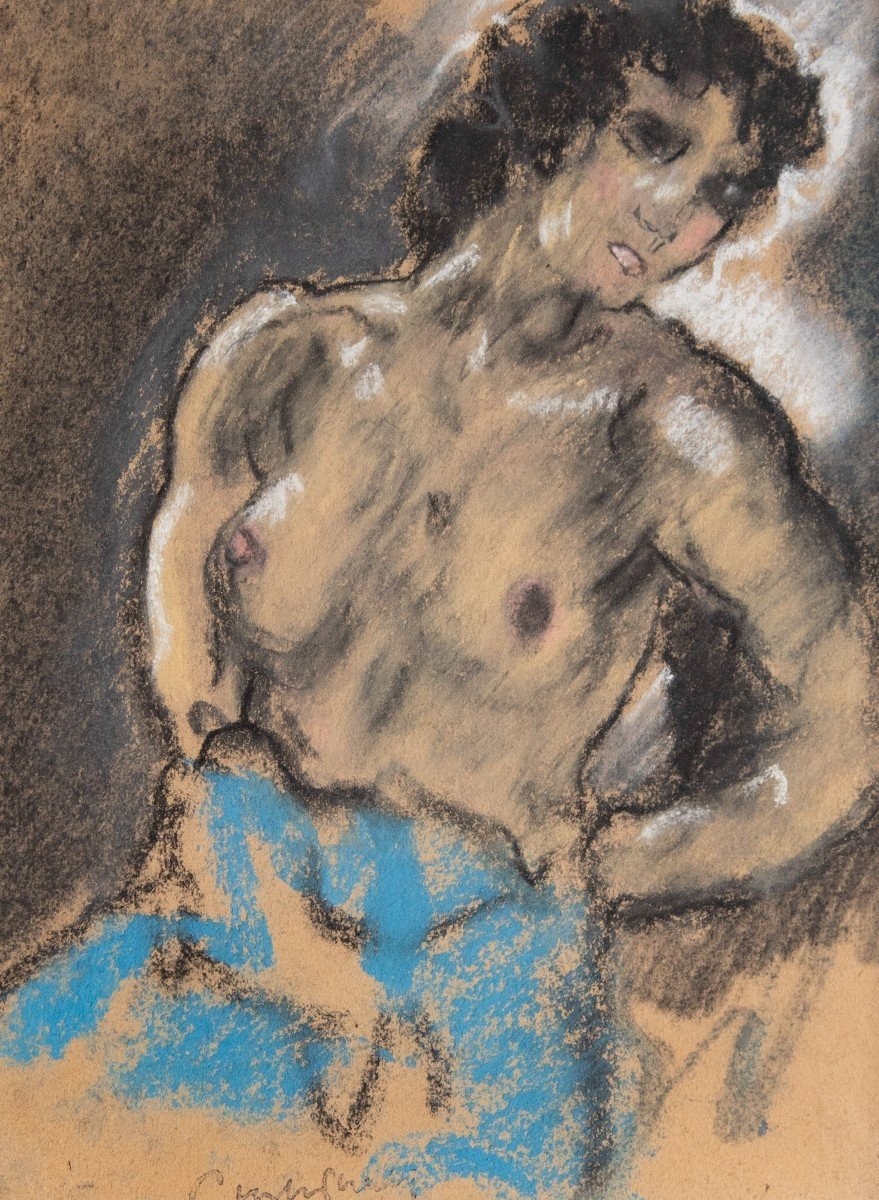








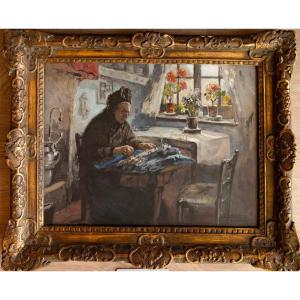
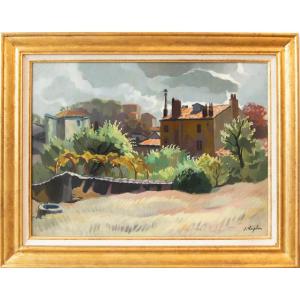
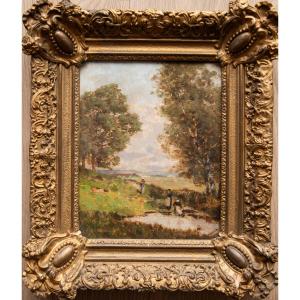







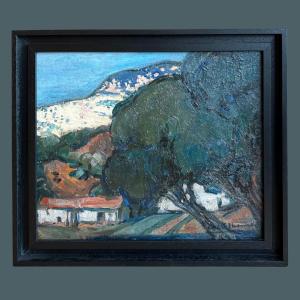
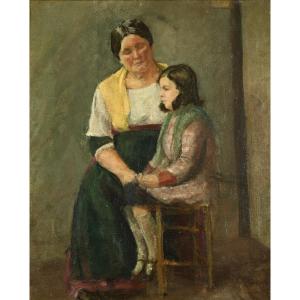
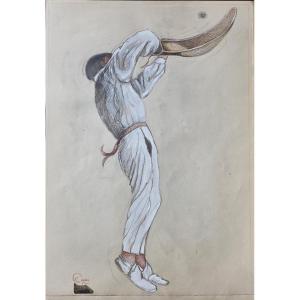





 Le Magazine de PROANTIC
Le Magazine de PROANTIC TRÉSORS Magazine
TRÉSORS Magazine Rivista Artiquariato
Rivista Artiquariato